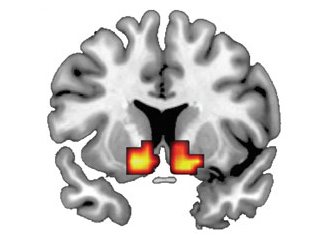veryrare
★★★★★
- Joined
- Aug 20, 2024
- Posts
- 10,780
Consequences of Variations in Genes that affect Dopamine in Prefrontal Cortex
Thus, the methionine variant of the COMT gene leaves dopamine around longer in prefrontal cortex. It has been shown in adults to result in better performance on prefrontal cognitive tasks requiring working memory plus inhibition (Egan et al. 2001; Malhotra et al. 2002) and to result in more efficient prefrontal functioning when cognitive performance is held constant (Egan et al. 2001).
We conducted the first study of the effect of variations in the COMT enzyme on children’s performance (Diamond et al. 2004). Sure enough, children homozygous for the methionine version of the COMT gene performed better on our Dots-Mixed tasks (Davidson et al. 2006), which requires working memory plus inhibition, but no better on self-ordered pointing, recall memory (dependent on the medial temporal lobe), or mental rotation (dependent on posterior parietal cortex; see Fig. 2).
As noted above, prefrontal cortex differs from the striatum in that prefrontal cortex has relatively little dopamine transporter, whereas the striatum has a rich supply. Given that, one would expect polymorphisms in the gene that codes for the dopamine transporter, the DAT1 gene, to have a greater effect on the striatum than on prefrontal cortex and, indeed, they do (Durston et al. 2005). Yet another difference between the dopamine systems in prefrontal cortex and the striatum is that the dopamine receptor subtype, DRD4, is present in humans in prefrontal cortex but not in the striatum (Meador-Woodruff et al. 1996). Hence one would expect that polymorphisms in the DRD4 gene would have a greater effect on prefrontal cortex than on the striatum, and indeed they do (Durston et al. 2005).
There is much evidence of abnormalities in the striatum in ADHD that includes hyperactivity (e.g., ADHD of the combined type; Teicher et al. 1996; Filipek et al. 1997; Vaidya et al. 1998; Schrimsher et al. 2002; Durston et al. 2003). For example, functional neuroimaging studies report less striatal activity in children with ADHD that includes hyperactivity while they are performing response-inhibition tasks compared with age-matched controls (Vaidya et al. 1998, 2005).
@GeckoBus @WorthlessSlavicShit @DarkStar @Stupid Clown @Sergeant Kelly @based_meme @Balding Subhuman







